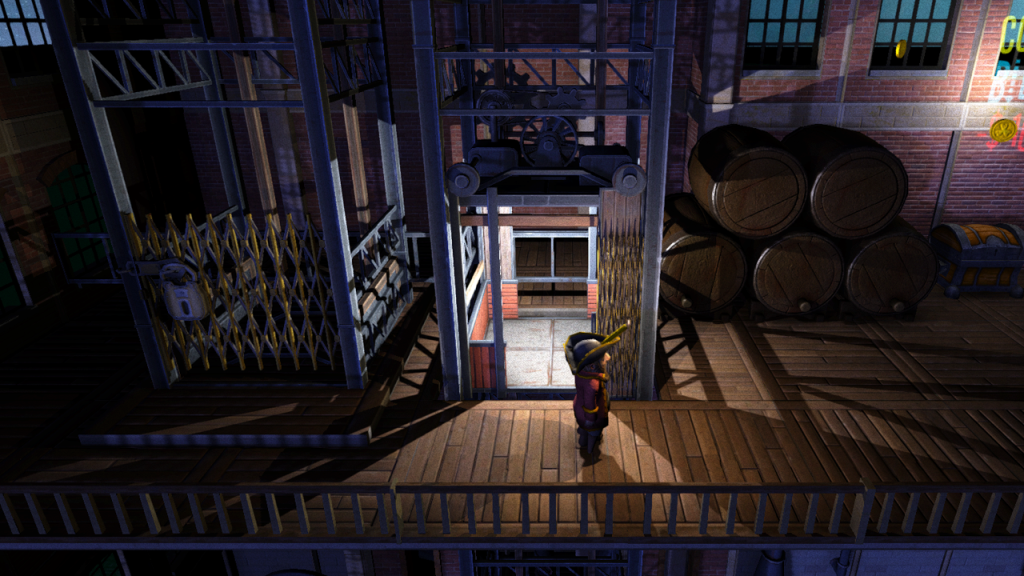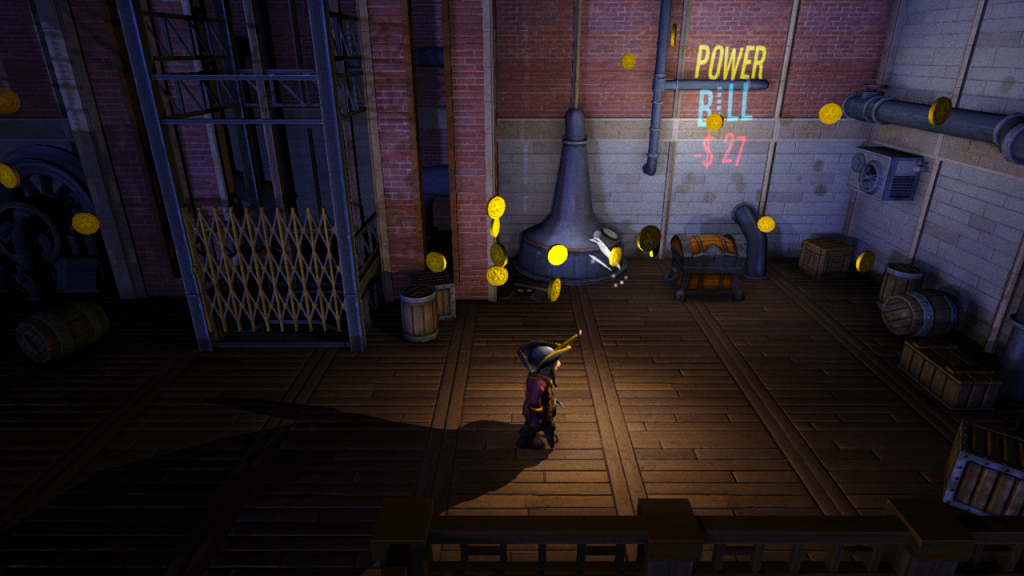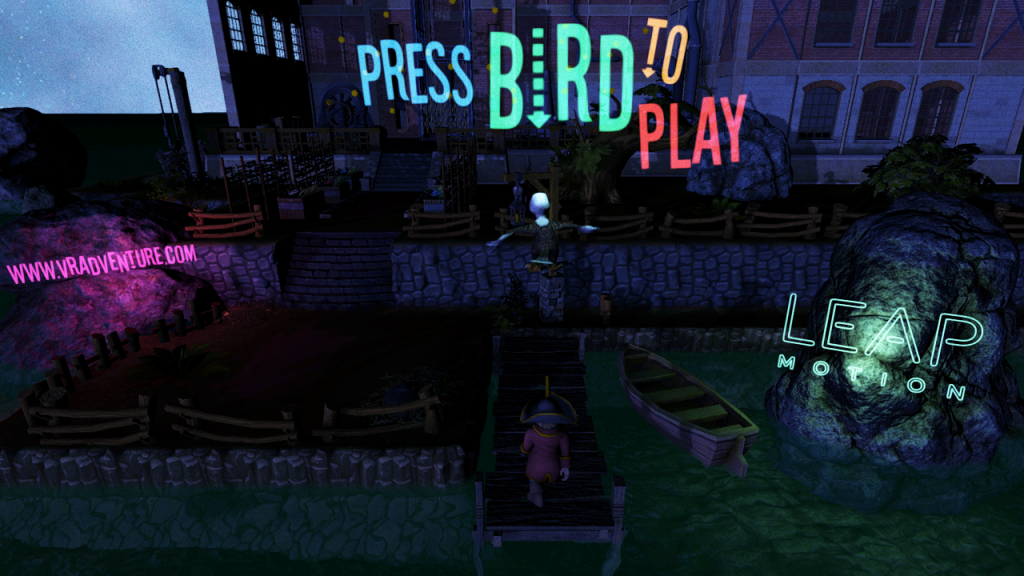Over the next several weeks, we’re spotlighting the top 20 3D Jam experiences chosen by the jury and community votes. These spotlights will focus on game design, interaction design, and the big ideas driving our community forward.
From the creator of LICHT little adventure, VR demo Press Bird to Play made a big impression thanks to its evocative atmosphere and engaging mini-games, landing 10th place. In today’s spotlight, creator Gerald Terveen talks about his old-school gaming inspirations, and upcoming work on a new title called VR Adventure.
PBTP uses a unique scaling mechanic: tiny hands, massive movements. What’s the appeal of this mechanic to you?
The longer one uses motion controls, the better you get at it. And just as many gamers like to up the resolution of their gaming mice, I like to reduce hand movements to a minimum. This doesn’t only help prevent “gorilla arm” from having your arms moving through space all the time, it also gives you a much deeper reach into the virtual world.
In PBTP, I always love to see new players getting surprised by the ability to reach objects far away or to touch the ceiling.
What’s your artistic process in designing virtual places that people will want to inhabit?
I think I use a different approach from most game designers because I’m not able to create my own models. Instead, I’m working with stock models I purchase. I treat Unity, my development platform, just like a box of Lego – where all the models I already bought get reassembled into the world I create. When I made LICHT, I only used the models that come with Unity, so the world was made from cubes and spheres.
Now I have a diversified collection of models from great artists all over the world that fit a fantasy setting similar to the games I played as a kid/teenager. By combining these assets, I can create my own unique version – for example, the elevators in PBTP use elements from five different artists.

Much like your earlier work with LICHT, PBTP uses light and shadow in striking ways. How does this influence how people experience games?
I always felt that light and shadow are great tools to add a level of realism to games. They give a virtual world spatiality and objects a simple way of interacting with their surroundings. That and it’s just so much fun to play with in development.
Tell me about your vision and ambition for VR Adventure.
I’m not a trained game developer, but someone that just decided “now is the time” after the Oculus Rift Kickstarter was a success. So my vision of what I want to make and my ability to make it still have to close in on each other.
If I really get it done the way I would like it, then it will end up being a first-person Zelda: Ocarina of Time-like game with influences from Chrono Trigger, Final Fantasy VII, and Monkey Island. But it’s still too early to say for sure – right now, VR is in the early stages and we don’t even know what options will be available.
For now, I’m still creating smaller experiences to figure out the best ways to implement motion controls in VR while working on the world of VR Adventure on the side. Playing PBTP in first person, for example, is an interesting experience – but I have not yet solved the problem of navigating the character to my satisfaction without using a controller in addition to Leap Motion.
Want to watch VR Adventure unfold? Check out Gerald’s progress at vradventure.wordpress.com.







This is what VR was made for. Its designers like this who’s passion for the genre will push VR to us to the next level. This title has the quality of a big title whilst retaining the intelligence and joy of an independent, there is a real creative talent at work here! I hope it and its creator go far!
March 3, 2015 at 11:54 am[…] advantage of the cognitive powers we mentioned earlier. (You can play with this rule, though – sometimes it can be fun to be Alice in […]
May 15, 2015 at 8:28 am